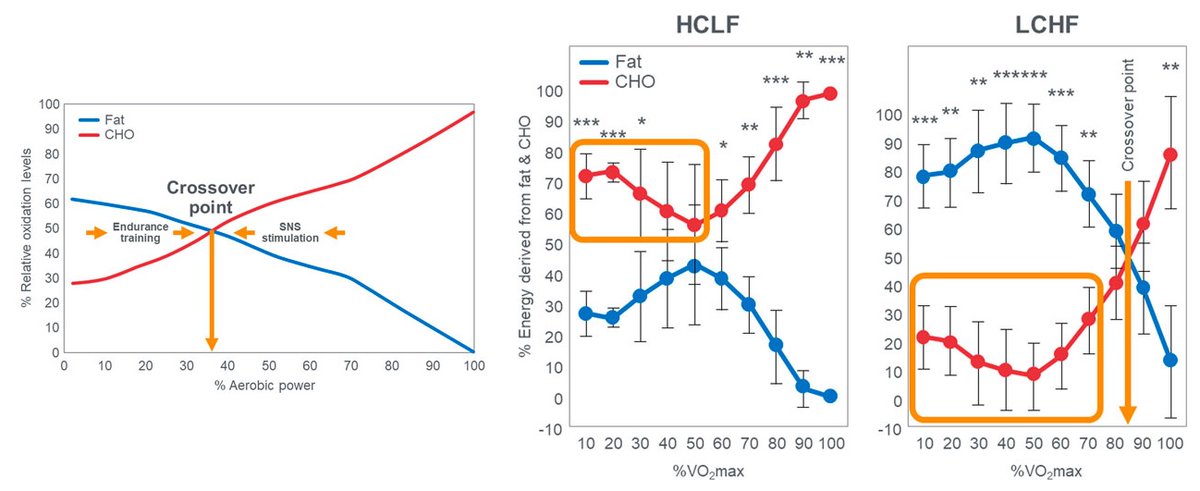
The findings of this one may suggest that individuals with lower habitual exercise and/or higher fasting concentrations of PYY are more likely to show a compensatory increase in energy intake for energy expended in exercise. 

- The present study aimed to identify predictors of post-exercise energy intake and compensation in healthy adults following a single 45-min aerobic exercise bout.
- Individuals with lower habitual exercise and/or higher fasting concentrations of PYY ate more after an acute exercise bout, even after accounting for the energy expended during the exercise bout.
- These characteristics differentially affected post exercise energy intake in men and women:
Habitual exercise behavior was only predictive of post exercise energy intake in women, whereas fasting PYY concentrations were only a significant predictor of post-exercise intake in men.
For habitual exercise in women, every 30 min/week increase was associated with a decrease in post exercise energy intake and compensation of ~20 kcal.
Of note, in women, habitual exercise was also a significant predictor of energy intake after rest, suggesting that in women the predictive value of habitual exercise behavior is not restricted to post exercise energy intake, but applies to all habitual energy intake.
Biological and behavioral predictors of relative energy intake after acute exercise
doi.org/10.1016/j.appe…
#appetite #weightloss #exercise #Workout #TrainHard #GymLife #GymTime #muscle #strength #lift #GetStrong #cardio #hiit
doi.org/10.1016/j.appe…
#appetite #weightloss #exercise #Workout #TrainHard #GymLife #GymTime #muscle #strength #lift #GetStrong #cardio #hiit
• • •
Missing some Tweet in this thread? You can try to
force a refresh
 Read on Twitter
Read on Twitter








